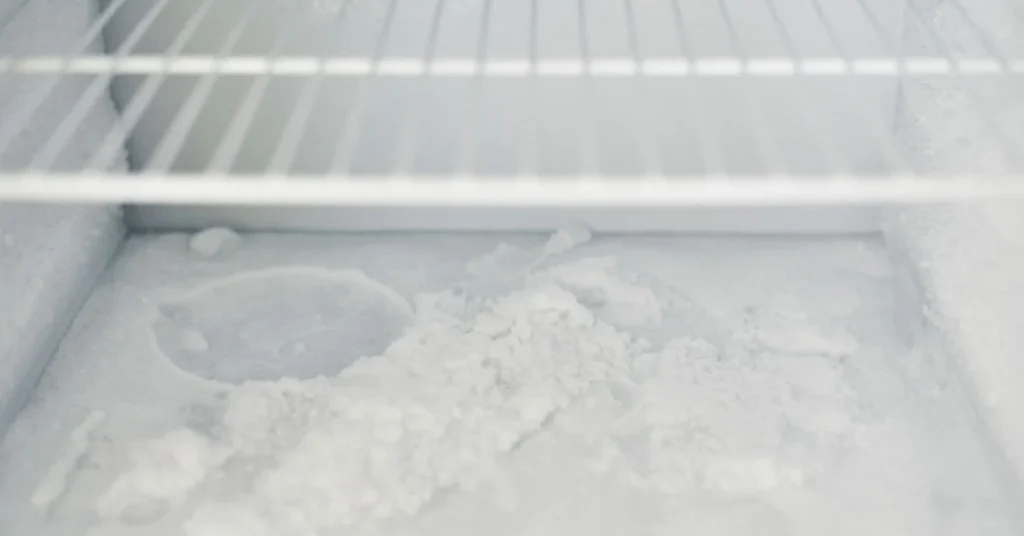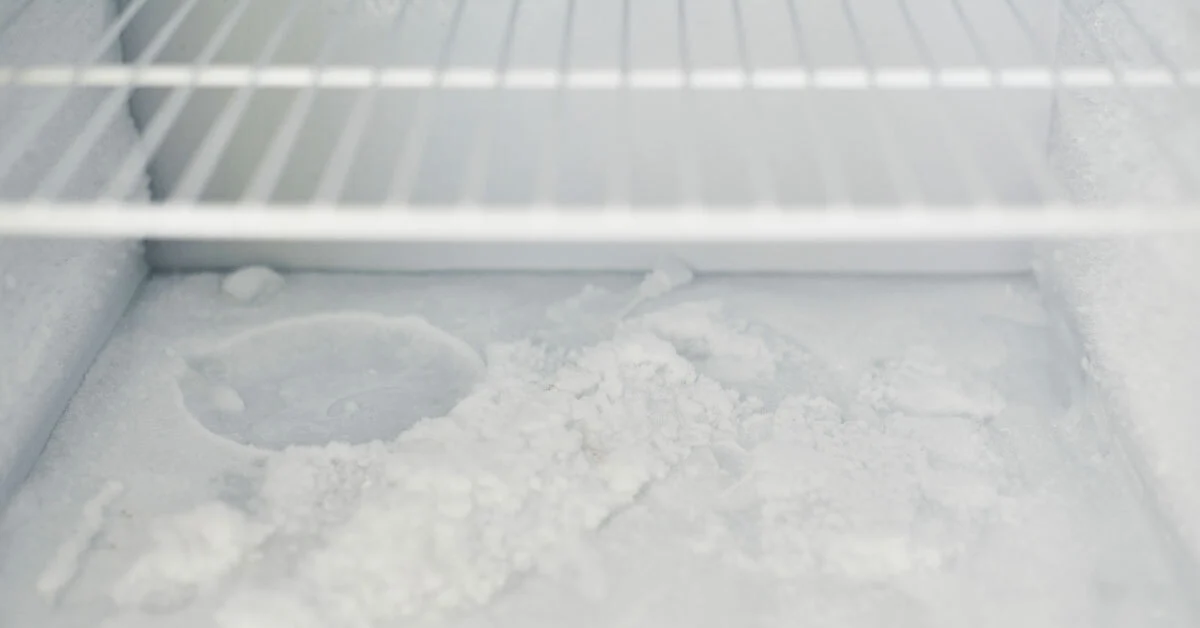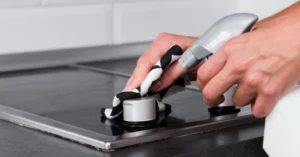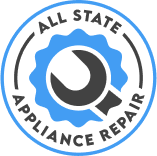
Is your freezer in San Francisco not cooling properly, leaving your food at risk of spoiling? A malfunctioning freezer can be a major inconvenience, especially in a bustling city where quick solutions are essential. Whether it’s a minor issue you can fix yourself or a problem requiring professional help, this guide will walk you through the most common reasons your freezer isn’t freezing and provide actionable steps to get it back to peak performance. From troubleshooting tips to preventive maintenance, we’ve got you covered with expert advice tailored for San Francisco residents.
Why Is My Freezer Not Cooling? Common Causes Explained
A freezer that’s not cooling can stem from various issues, ranging from simple fixes to complex mechanical failures. Below, we explore the most frequent culprits based on expert insights and common appliance repair scenarios. Understanding these causes will help you diagnose the problem and decide whether to tackle it yourself or call a professional freezer repair service.
1. Incorrect Temperature Settings
One of the most common reasons a freezer fails to cool is an incorrect thermostat setting. Many freezers are accidentally set to a warmer temperature, especially if the dial is bumped during cleaning or restocking.
- Solution: Check the thermostat, typically located inside the freezer or on the exterior control panel. Ensure it’s set to the recommended temperature of 0°F (-18°C). Allow 24 hours for the freezer to stabilize after adjusting.
2. Blocked Air Vents
Freezers rely on proper airflow to maintain cold temperatures. Overpacking or placing items too close to the vents can restrict circulation, causing uneven cooling or a complete failure to freeze.
- Solution: Inspect the interior for blocked vents. Rearrange items to ensure at least an inch of clearance around vents. Avoid overloading the freezer, as this can strain the cooling system.
3. Dirty Condenser Coils
Condenser coils, usually located at the back or bottom of the freezer, dissipate heat. Dust, pet hair, or debris accumulation can insulate the coils, reducing their efficiency and causing the freezer to warm up.
- Solution: Unplug the freezer and locate the coils. Use a vacuum with a brush attachment or a coil cleaning brush to remove debris. Clean the coils every six months to maintain optimal performance.
4. Faulty Door Gasket
A worn or damaged door gasket (the rubber seal around the door) can allow warm air to seep into the freezer, compromising its ability to stay cold. San Francisco’s humid coastal climate can accelerate gasket wear due to moisture exposure.
- Solution: Inspect the gasket for cracks, tears, or looseness. Test the seal by closing the door on a piece of paper; if it pulls out easily, the gasket needs replacement. Clean the gasket regularly with mild soap and water to prevent mold buildup.
5. Frost Buildup
Excessive frost on the evaporator coils can block airflow and insulate the freezer, preventing proper cooling. This is common in older models or freezers in high-humidity areas like San Francisco.
- Solution: For manual defrost freezers, unplug the unit and let the frost melt completely. For frost-free models, excessive frost may indicate a defrost system issue (e.g., a faulty defrost heater or timer), which may require a professional freezer repair service.
6. Compressor or Fan Issues
The compressor and evaporator fan are critical for cooling. A failing compressor may run continuously without cooling, while a malfunctioning fan can disrupt airflow. These issues often produce unusual noises, like buzzing or clicking.
- Solution: Listen for abnormal sounds. If the compressor is hot to the touch or the fan isn’t running, these components may need repair or replacement. Due to the complexity, contact a professional technician for diagnosis.
7. Refrigerant Leaks
Low refrigerant levels, often due to leaks, can prevent the freezer from cooling effectively. This is a less common issue but can occur in older units or after physical damage.
- Solution: Refrigerant issues require specialized equipment and expertise. If you suspect a leak (e.g., the freezer is warm but the compressor runs), schedule a professional repair immediately.
8. Power Supply Problems
A freezer that’s not cooling may not be receiving adequate power. This could be due to a tripped circuit breaker, a loose plug, or a faulty outlet, especially in older San Francisco homes with aging electrical systems.
- Solution: Check the power cord and ensure it’s securely plugged in. Test the outlet with another appliance. If the breaker has tripped, reset it, but consult an electrician if it trips repeatedly.
San Francisco-Specific Considerations for Freezer Maintenance
Living in San Francisco presents unique challenges for appliance maintenance. The city’s cool, humid climate and compact living spaces can exacerbate certain freezer issues. Here’s how to address them:
- High Humidity: San Francisco’s foggy weather can increase frost buildup and gasket wear. Regularly check for frost and clean gaskets to prevent air leaks.
- Space Constraints: Many San Francisco homes and apartments have limited space, leading to overcrowded freezers or poor ventilation around the unit. Ensure at least 2-3 inches of clearance around the freezer for proper airflow.
- Power Fluctuations: Older buildings in areas like Mission District or Nob Hill may experience power surges. Use a surge protector to safeguard your freezer’s electrical components.
Step-by-Step Troubleshooting Guide
Follow this detailed troubleshooting process to diagnose and potentially fix your freezer issue:
- Verify Temperature Settings: Locate the thermostat, which may be a dial or digital display inside the freezer or on an external control panel. Ensure it’s set to 0°F (-18°C), the optimal temperature for freezing food safely. After adjusting, close the door and wait 24 hours to allow the freezer to reach the new temperature. Avoid frequent door openings during this period to prevent warm air from entering.
- Check Airflow: Open the freezer and locate the air vents, typically found along the back or sides of the interior. Ensure no food items or containers are blocking these vents, as restricted airflow can cause uneven cooling or warming. Rearrange items to maintain at least 1-2 inches of clearance around vents. Avoid overpacking the freezer beyond 80% capacity, as overcrowding strains the compressor and reduces efficiency.
- Inspect the Door Seal: Examine the rubber gasket around the freezer door for cracks, tears, or dirt buildup. Perform the “paper test” by closing the door on a piece of paper; if it slides out easily, the seal is compromised. Clean the gasket with warm water and mild soap to remove grime or mold, common in San Francisco’s humid climate. If the gasket is damaged, replace it with a model-specific part to restore an airtight seal.
- Clean Condenser Coils: Unplug the freezer and locate the condenser coils, typically at the back or beneath the unit (remove the lower panel if needed). Use a vacuum with a brush attachment or a specialized coil cleaning brush to remove dust, pet hair, or debris. Accumulated grime can reduce cooling efficiency by insulating the coils. Clean every 6 months, or more frequently in dusty environments or homes with pets.
- Examine Frost Levels: Check for excessive frost buildup on the evaporator coils or interior walls, which can block airflow and insulate the freezer. For manual defrost models, unplug the unit, remove contents, and let the frost melt completely (place towels to absorb water). For frost-free models, heavy frost may indicate a faulty defrost system, such as a broken heater, thermostat, or timer, requiring professional diagnosis.
- Listen for Noises: Stand near the freezer and listen for unusual sounds, such as buzzing, clicking, or grinding, which may indicate compressor or fan issues. A compressor that’s hot to the touch or runs constantly without cooling suggests failure. Similarly, a silent or rattling evaporator fan may not be circulating air properly. These components are complex, so note any noises and consult a technician for further inspection.
- Test Power Supply: Ensure the freezer is receiving consistent power. Check that the power cord is securely plugged into a working outlet. Test the outlet by plugging in another appliance, like a lamp. If the outlet is functional but the freezer isn’t powered, inspect the cord for damage. In older San Francisco homes, check the circuit breaker for a tripped switch and reset it if necessary. Repeated tripping warrants an electrician’s attention.
- Monitor Performance: After performing the above steps, monitor the freezer’s temperature with a thermometer over 24-48 hours. Ensure the door remains closed as much as possible to maintain cooling. If the freezer still fails to reach 0°F or shows inconsistent cooling, the issue may involve advanced components like the compressor, refrigerant system, or control board. Contact a professional freezer repair service for expert diagnostics and repair.
When to Call a Professional in San Francisco
While some issues can be resolved with DIY fixes, others require expert intervention. Call a professional if you encounter:
- Persistent warming despite troubleshooting
- Unusual noises from the compressor or fan
- Suspected refrigerant leaks
- Electrical issues beyond a simple outlet check
San Francisco residents can benefit from local appliance repair services familiar with the city’s unique environmental and structural challenges. A qualified technician can diagnose complex issues, such as faulty defrost systems or compressor failures, and provide lasting solutions.
Preventive Maintenance Tips for San Francisco Freezers
Prevent future cooling issues with these maintenance tips tailored for San Francisco households:
- Regular Cleaning: Clean condenser coils and gaskets every six months to prevent dust and mold buildup.
- Defrosting: For manual defrost freezers, schedule defrosting every 6-12 months, depending on frost accumulation.
- Temperature Monitoring: Use a freezer thermometer to ensure consistent temperatures, especially during San Francisco’s humid summers.
- Avoid Overloading: Keep the freezer 75-80% full to allow proper airflow without overloading the compressor.
- Professional Tune-Ups: Schedule annual maintenance with a local technician to catch potential issues early.
FAQs About Freezer Not Cooling Issues in San Francisco
1. Why is my freezer warm but the refrigerator is cold?
This could indicate a blocked vent between the freezer and refrigerator compartments or a malfunctioning evaporator fan. Check for obstructions and listen for fan operation. If the issue persists, consult a professional.
2. How long does it take for a freezer to cool down after adjusting the temperature?
Typically, a freezer takes 12-24 hours to stabilize at a new temperature setting. Ensure the door remains closed during this period to avoid warm air infiltration.
3. Can San Francisco’s humidity cause freezer issues?
Yes, high humidity can lead to excessive frost buildup and gasket deterioration, both of which impair cooling. Regular defrosting and gasket cleaning can mitigate these issues.
4. How often should I clean my freezer’s condenser coils?
Clean the coils every six months, or more frequently if you have pets or live in a dusty area. This prevents heat buildup and ensures efficient cooling.
5. Is it worth repairing an old freezer?
If the freezer is over 10-15 years old, repair costs may approach the price of a new unit. A professional technician can assess whether repair or replacement is more cost-effective.
6. What should I do if my freezer is making loud noises?
Loud buzzing, clicking, or grinding noises often indicate compressor or fan issues. Unplug the freezer and contact a professional for diagnosis and repair.
7. Can power surges in San Francisco affect my freezer?
Yes, power surges, common in older neighborhoods, can damage the freezer’s electrical components. Use a surge protector to minimize the risk.
8. How do I know if my freezer has a refrigerant leak?
Signs include a warm freezer despite a running compressor, hissing sounds, or oily residue near the unit. Refrigerant leaks require professional repair due to safety and environmental concerns.
9. Should I defrost my freezer manually?
For manual defrost freezers, defrost every 6-12 months or when frost exceeds ¼ inch. Frost-free models should not require manual defrosting; excessive frost indicates a system issue.
10. How can I find a reliable freezer repair service in San Francisco?
Look for local services with strong reviews, certifications, and experience with your freezer brand. Ensure they offer transparent pricing and warranties on repairs.
Why Choose Professional Freezer Repair in San Francisco?
For complex issues or when DIY fixes don’t work, a professional repair service can save time and prevent further damage. San Francisco’s unique climate and housing challenges require technicians who understand local conditions. A reputable service will provide:
- Expert Diagnostics: Pinpointing issues like compressor failures or refrigerant leaks.
- Fast Response Times: Critical for preventing food spoilage in a busy city.
- Warranty on Repairs: Peace of mind for long-term reliability.
For reliable solutions, contact a San Francisco freezer repair specialist to restore your appliance’s performance quickly.
Conclusion
A freezer that’s not cooling in San Francisco can disrupt your daily routine, but many issues are fixable with the right approach. By understanding common causes like incorrect settings, blocked vents, or dirty coils, you can troubleshoot effectively. For persistent problems or complex repairs, don’t hesitate to call a local professional. Regular maintenance, tailored to San Francisco’s humid climate and compact living spaces, will keep your freezer running smoothly for years. Act now to protect your food and avoid costly replacements—your freezer deserves it!






